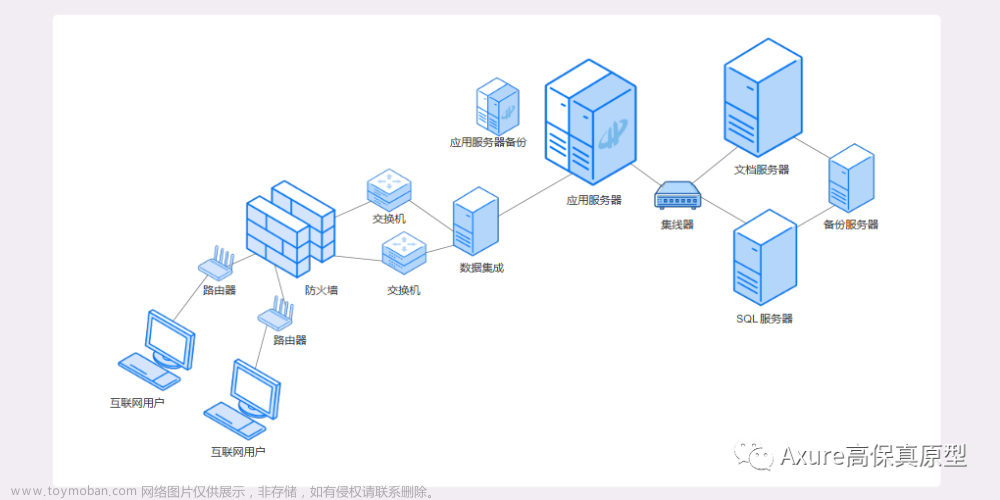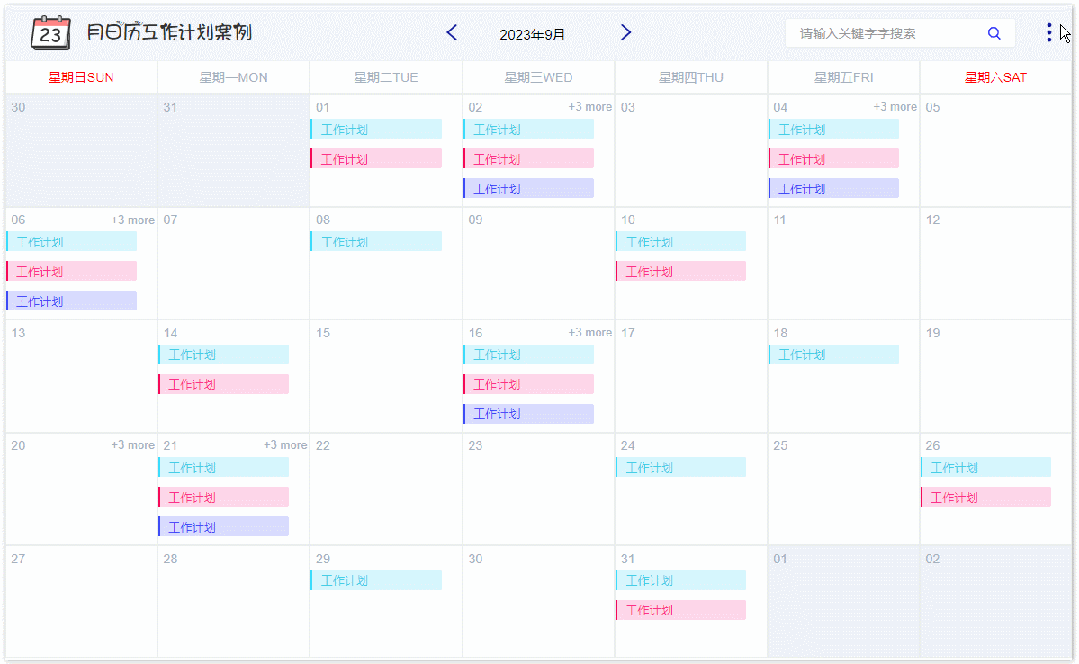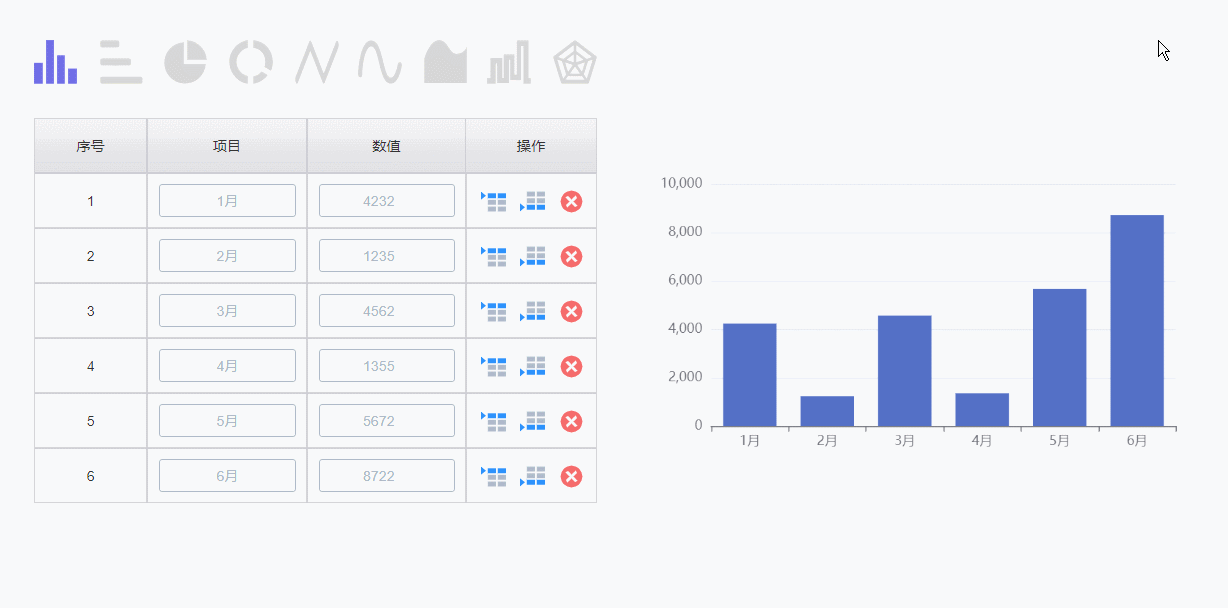本文首发于公众号:机器感知
LLM量化、高保真图生视频、多模态肢体运动生成、高分辨率图像合成、低光图像/视频增强、相机相对姿态估计
EasyQuant: An Efficient Data-free Quantization Algorithm for LLMs

Large language models (LLMs) have proven to be very superior to conventional methods in various tasks. However, their expensive computations and high memory requirements are prohibitive for deployment. Model quantization is an effective method for reducing this overhead. The problem is that in most previous works, the quantized model was calibrated using few samples from the training data, which might affect the generalization of the quantized LLMs to unknown cases and tasks. Hence in this work, we explore an important question: Can we design a data-independent quantization method for LLMs to guarantee its generalization performance? In this work, we propose EasyQuant, a training-free and data-independent weight-only quantization algorithm for LLMs. Our observation indicates that two factors: outliers in the weight and quantization ranges, are essential for reducing the quantization error. Therefore, in EasyQuant, we leave the outliers (less than 1%) unchanged and optimize the quantization range to reduce the reconstruction error. With these methods, we surprisingly find that EasyQuant achieves comparable performance to the original model. Since EasyQuant does not depend on any training data, the generalization performance of quantized LLMs is safely guaranteed. Moreover, EasyQuant can be implemented in parallel so that the quantized model could be attained in a few minutes even for LLMs over 100B. To our best knowledge, we are the first work that achieves almost lossless quantization performance for LLMs under a data-independent setting and our algorithm runs over 10 times faster than the data-dependent methods.
Tuning-Free Noise Rectification for High Fidelity Image-to-Video Generation

Image-to-video (I2V) generation tasks always suffer from keeping high fidelity in the open domains. Traditional image animation techniques primarily focus on specific domains such as faces or human poses, making them difficult to generalize to open domains. Several recent I2V frameworks based on diffusion models can generate dynamic content for open domain images but fail to maintain fidelity. We found that two main factors of low fidelity are the loss of image details and the noise prediction biases during the denoising process. To this end, we propose an effective method that can be applied to mainstream video diffusion models. This method achieves high fidelity based on supplementing more precise image information and noise rectification. Specifically, given a specified image, our method first adds noise to the input image latent to keep more details, then denoises the noisy latent with proper rectification to alleviate the noise prediction biases. Our method is tuning-free and plug-and-play. The experimental results demonstrate the effectiveness of our approach in improving the fidelity of generated videos. For more image-to-video generated results, please refer to the project website: https://noise-rectification.github.io.
Zero-LED: Zero-Reference Lighting Estimation Diffusion Model for Low-Light Image Enhancement

Diffusion model-based low-light image enhancement methods rely heavily on paired training data, leading to limited extensive application. Meanwhile, existing unsupervised methods lack effective bridging capabilities for unknown degradation. To address these limitations, we propose a novel zero-reference lighting estimation diffusion model for low-light image enhancement called Zero-LED. It utilizes the stable convergence ability of diffusion models to bridge the gap between low-light domains and real normal-light domains and successfully alleviates the dependence on pairwise training data via zero-reference learning. Specifically, we first design the initial optimization network to preprocess the input image and implement bidirectional constraints between the diffusion model and the initial optimization network through multiple objective functions. Subsequently, the degradation factors of the real-world scene are optimized iteratively to achieve effective light enhancement. In addition, we explore a frequency-domain based and semantically guided appearance reconstruction module that encourages feature alignment of the recovered image at a fine-grained level and satisfies subjective expectations. Finally, extensive experiments demonstrate the superiority of our approach to other state-of-the-art methods and more significant generalization capabilities. We will open the source code upon acceptance of the paper.
MMoFusion: Multi-modal Co-Speech Motion Generation with Diffusion Model

The body movements accompanying speech aid speakers in expressing their ideas. Co-speech motion generation is one of the important approaches for synthesizing realistic avatars. Due to the intricate correspondence between speech and motion, generating realistic and diverse motion is a challenging task. In this paper, we propose MMoFusion, a Multi-modal co-speech Motion generation framework based on the diffusion model to ensure both the authenticity and diversity of generated motion. We propose a progressive fusion strategy to enhance the interaction of inter-modal and intra-modal, efficiently integrating multi-modal information. Specifically, we employ a masked style matrix based on emotion and identity information to control the generation of different motion styles. Temporal modeling of speech and motion is partitioned into style-guided specific feature encoding and shared feature encoding, aiming to learn both inter-modal and intra-modal features. Besides, we propose a geometric loss to enforce the joints' velocity and acceleration coherence among frames. Our framework generates vivid, diverse, and style-controllable motion of arbitrary length through inputting speech and editing identity and emotion. Extensive experiments demonstrate that our method outperforms current co-speech motion generation methods including upper body and challenging full body.
Scaling Rectified Flow Transformers for High-Resolution Image Synthesis

Diffusion models create data from noise by inverting the forward paths of data towards noise and have emerged as a powerful generative modeling technique for high-dimensional, perceptual data such as images and videos. Rectified flow is a recent generative model formulation that connects data and noise in a straight line. Despite its better theoretical properties and conceptual simplicity, it is not yet decisively established as standard practice. In this work, we improve existing noise sampling techniques for training rectified flow models by biasing them towards perceptually relevant scales. Through a large-scale study, we demonstrate the superior performance of this approach compared to established diffusion formulations for high-resolution text-to-image synthesis. Additionally, we present a novel transformer-based architecture for text-to-image generation that uses separate weights for the two modalities and enables a bidirectional flow of information between image and text tokens, improving text comprehension, typography, and human preference ratings. We demonstrate that this architecture follows predictable scaling trends and correlates lower validation loss to improved text-to-image synthesis as measured by various metrics and human evaluations. Our largest models outperform state-of-the-art models, and we will make our experimental data, code, and model weights publicly available.
FAR: Flexible, Accurate and Robust 6DoF Relative Camera Pose Estimation

Estimating relative camera poses between images has been a central problem in computer vision. Methods that find correspondences and solve for the fundamental matrix offer high precision in most cases. Conversely, methods predicting pose directly using neural networks are more robust to limited overlap and can infer absolute translation scale, but at the expense of reduced precision. We show how to combine the best of both methods; our approach yields results that are both precise and robust, while also accurately inferring translation scales. At the heart of our model lies a Transformer that (1) learns to balance between solved and learned pose estimations, and (2) provides a prior to guide a solver. A comprehensive analysis supports our design choices and demonstrates that our method adapts flexibly to various feature extractors and correspondence estimators, showing state-of-the-art performance in 6DoF pose estimation on Matterport3D, InteriorNet, StreetLearn, and Map-free Relocalization.
A Spatio-temporal Aligned SUNet Model for Low-light Video Enhancement

Distortions caused by low-light conditions are not only visually unpleasant but also degrade the performance of computer vision tasks. The restoration and enhancement have proven to be highly beneficial. However, there are only a limited number of enhancement methods explicitly designed for videos acquired in low-light conditions. We propose a Spatio-Temporal Aligned SUNet (STA-SUNet) model using a Swin Transformer as a backbone to capture low light video features and exploit their spatio-temporal correlations. The STA-SUNet model is trained on a novel, fully registered dataset (BVI), which comprises dynamic scenes captured under varying light conditions. It is further analysed comparatively against various other models over three test datasets. The model demonstrates superior adaptivity across all datasets, obtaining the highest PSNR and SSIM values. It is particularly effective in extreme low-light conditions, yielding fairly good visualisation results.
NaturalSpeech 3: Zero-Shot Speech Synthesis with Factorized Codec and Diffusion Models
 文章来源:https://www.toymoban.com/news/detail-838998.html
文章来源:https://www.toymoban.com/news/detail-838998.html
While recent large-scale text-to-speech (TTS) models have achieved significant progress, they still fall short in speech quality, similarity, and prosody. Considering speech intricately encompasses various attributes (e.g., content, prosody, timbre, and acoustic details) that pose significant challenges for generation, a natural idea is to factorize speech into individual subspaces representing different attributes and generate them individually. Motivated by it, we propose NaturalSpeech 3, a TTS system with novel factorized diffusion models to generate natural speech in a zero-shot way. Specifically, 1) we design a neural codec with factorized vector quantization (FVQ) to disentangle speech waveform into subspaces of content, prosody, timbre, and acoustic details; 2) we propose a factorized diffusion model to generate attributes in each subspace following its corresponding prompt. With this factorization design, NaturalSpeech 3 can effectively and efficiently model the intricate speech with disentangled subspaces in a divide-and-conquer way. Experiments show that NaturalSpeech 3 outperforms the state-of-the-art TTS systems on quality, similarity, prosody, and intelligibility. Furthermore, we achieve better performance by scaling to 1B parameters and 200K hours of training data.文章来源地址https://www.toymoban.com/news/detail-838998.html
到了这里,关于LLM量化、高保真图生视频、多模态肢体运动生成、高分辨率图像合成、低光图像/视频增强、相机相对姿态估计的文章就介绍完了。如果您还想了解更多内容,请在右上角搜索TOY模板网以前的文章或继续浏览下面的相关文章,希望大家以后多多支持TOY模板网!












